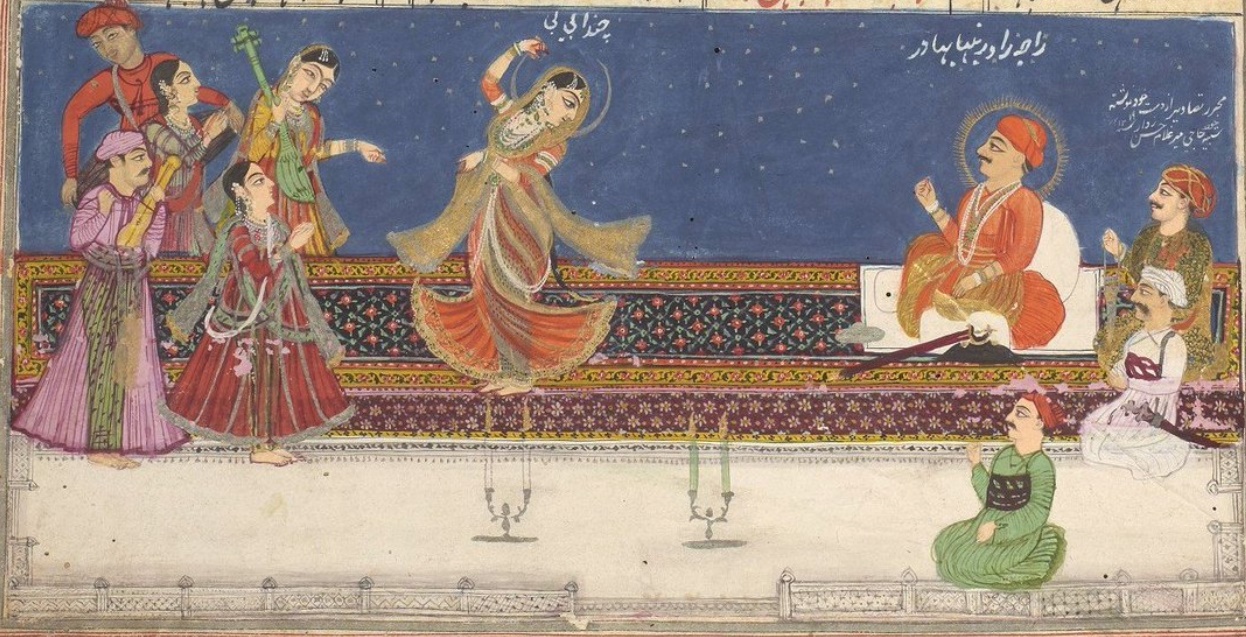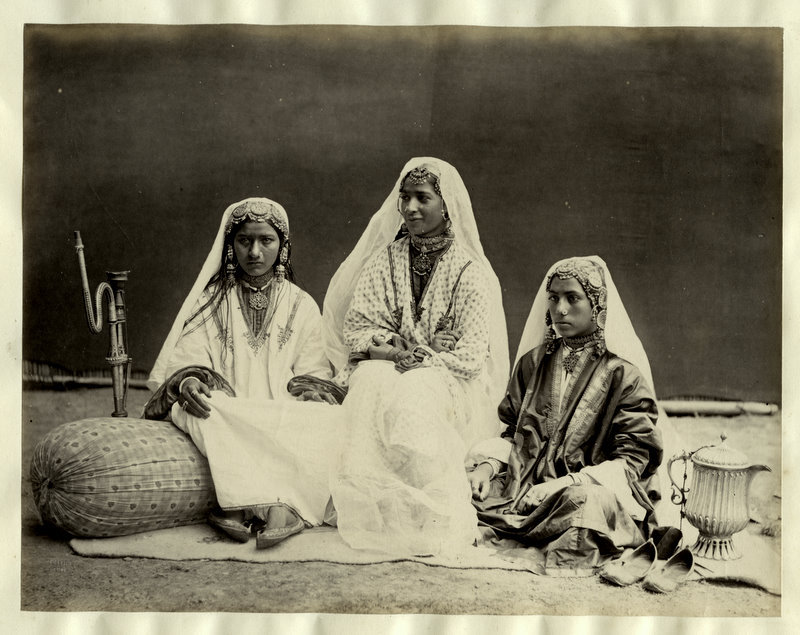A History of the Tawaif: Sex Work and the Arts Meet in Pre-Colonial India
By Keshav AnandAccording to references made in the Rigveda, India’s oldest literary work, sex work was very much a part of ancient life. Based on various interpretations of the Sanskrit text, Indian society did not view prostitution as a seedy or illicit trade but rather a part of its cultural fabric. In fact, all the way up to the Mughal era, prostitution was a socially accepted institution. This perception drastically changed during the British Raj, when colonial sensibilities cast the profession in a depraved light.
At the heart of this once prosperous institution were the tawaifs of northern India, also known as baijis in Bengal and naikins in Goa. These prominent female artists were celebrated for their contributions to music, dance, and poetry, as well as, towards the end of their existence, the freedom struggle. Historically, often misrepresented in Indian cinema, the tawaifs’ kothas, or residences, were cultural centres — as oppose to simply operating as brothels — where the nobility learned about the arts and etiquette.

Tawaifs were a central part of Mughal court culture from the 16th century onward. Alongside possessing specialist knowledge of Urdu literary traditions, theatre and music, these impressive women were considered authorities on good manners, sought out to educate young aristocrats on social conduct. While there is certainly a positive story to be told in regards to the tawaifs’ creative endeavours, there was also a sad reality. Many girls were taken from or sold by their families at a very young age, trained in these skills to cultivate and retain patrons.
During the 18th century, tawaifs reached the peak of their admiration and social status in the Nizam’s courts. As esteemed artists, they were integral to major court ceremonies and summoned for various festivals, including marriages, Bismillah ceremonies, and Urs — funeral and anniversary ceremonies for Sufi saints. Through their work, these multitalented performers were responsible for the advancement of numerous artistic disciplines in the country.

However, with the arrival of the British Raj, the tawaifs’ elite status declined considerably. Nineteenth-century surveys show how the term “tawaif” became a generic label for prostitutes. Once revered, these women were now seen as debauched characters. By the twentieth century, under the cultural nationalist agenda of post-colonial India, the tawaif’s identity was further eroded, becoming associated solely with sexual acts — a perception that persisted into the 21st century.
Many songs composed and written by tawaifs are still used and sampled in Indian cinema and music, often without proper credit. Only in very recent times, the rhetoric is slowly shifting thanks to the work of scholars like Manjari Chaturvedi and the popularity of Sanjay Leela Bhansali’s Netflix series, Heeramandi. Opening up the conversation, these projects are making it clearer to a contemporary audience that without the contributions of the tawaif, numerous classical art forms in India would not have attained the venerated status they enjoy today.
Feature image: Tawaif Mah Laqa Bai singing poetry to Raja Rao Rambha Bahadur, 1799. Image: Wikimedia Commons